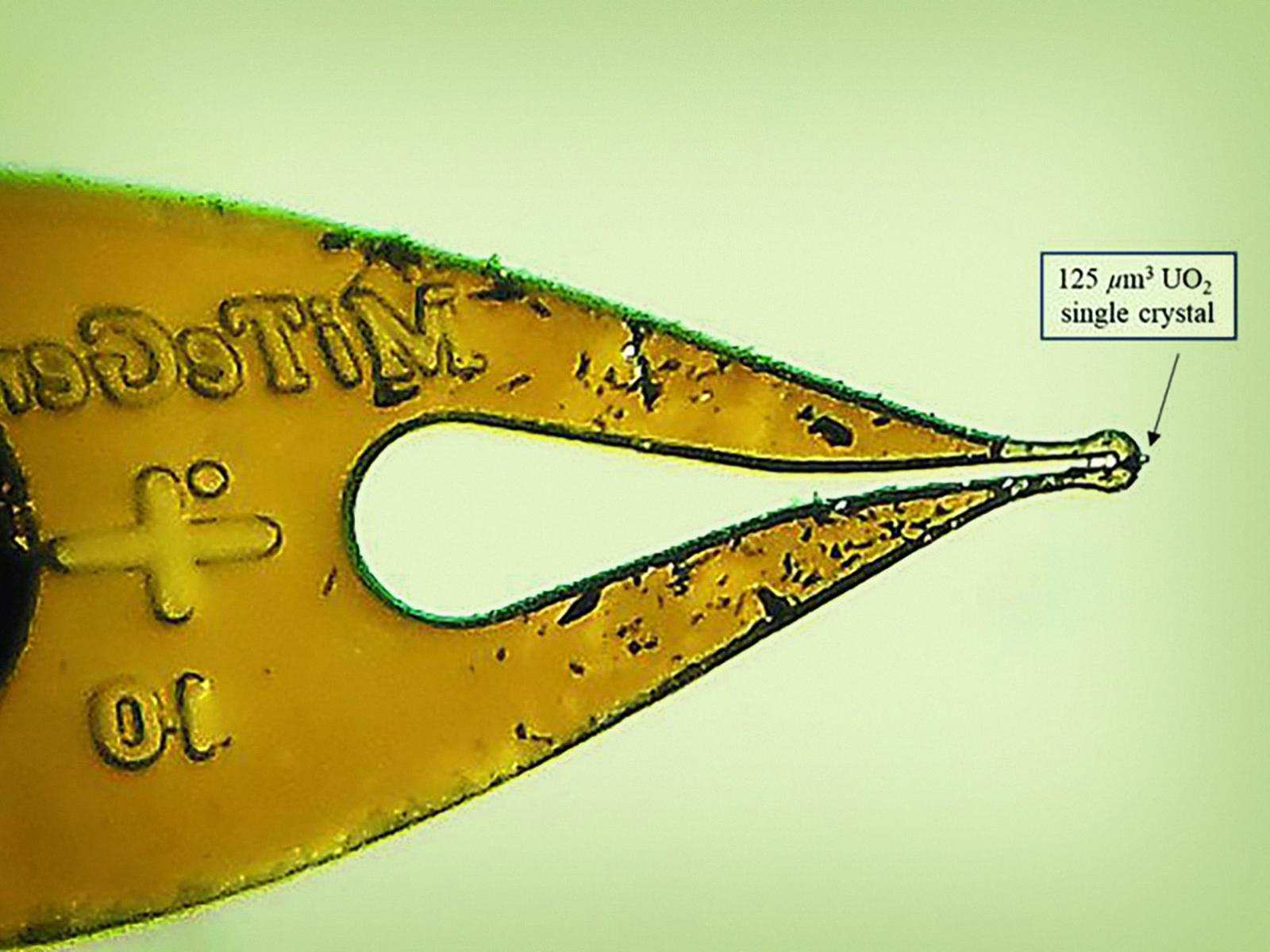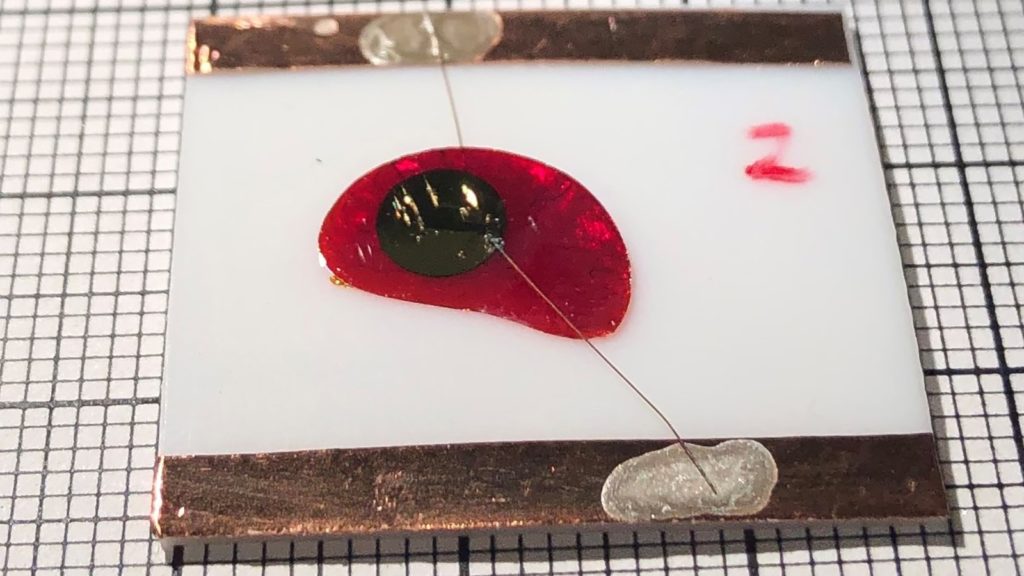It’s a long way from the Donbas region of Ukraine to Idaho, but Ukrainian officials recently made the trip to learn about collecting evidence after a nuclear attack.
Tag: nuclear forensics

Hands in the Glove Box
An international collaboration to protect the world from nuclear threats got a boost in 2023 when a visiting researcher brought an understudied plutonium processing chemistry method to Pacific Northwest National Laboratory (PNNL) for hands-on research. “It’s not trivial to bring an outside researcher to PNNL and get them working in a glove box,” said PNNL nuclear forensics scientist and technical group leader Dave Meier.
Was That Explosion Chemical or Nuclear?
New PNNL research makes it easier to differentiate between chemical and nuclear explosions.
Nuclear forensics training — it’s a dirty job
Although the likelihood of a terrorist nuclear attack is extremely low, a lot of work is required to prepare for such an unthinkable event. That’s why a response team assembled by the National Nuclear Security Administration (NNSA) recently trained in eastern Idaho’s desert on ways to collect and analyze simulated debris from a nuclear detonation. Nuclear forensics—the science of determining the origin of nuclear material—is an essential element of the United States’ strategy to prevent nuclear terrorism.
Detecting Nuclear Threats with Artificial Reasoning
PNNL researchers use machine learning and data analytics to assist with detection of nuclear proliferation and nuclear material trafficking.
Argonne nuclear engineer Yung Liu wins Special Achievement Award from RFID Journal
Argonne nuclear engineer Yung Liu was honored by RFID Journal for his work creating RFID technologies to track nuclear material shipments.
Confirming the pedigree of uranium cubes from Nazi Germany’s failed nuclear program
Before the Nazis could develop nuclear technology, Allied forces captured the uranium cubes central to Germany’s research. The fate of most is unknown, but a few are thought to be in the U.S. Scientists developing methods to confirm the cubes’ provenance will present their results at ACS Fall 2021.
Discovery of new material could someday aid in nuclear nonproliferation
A newly discovered quasicrystal that was created by the first nuclear explosion at Trinity Site, N.M., on July 16, 1945, could someday help scientists better understand illicit nuclear explosions and curb nuclear proliferation.

What A Crystal Reveals About Nuclear Materials Processing
PNNL researchers devised a new method to probe the atomic structure of plutonium-containing microcrystals using laboratory-based equipment.

Scientists pioneer new generation of semiconductor neutron detector
In a new study, scientists have developed a new type of semiconductor neutron detector that boosts detection rates by reducing the number of steps involved in neutron capture and transduction.